

Moving With The Seasons
| This is the first in a series of reflections on living with seasons: the cycles of place, climate, and nature that surround us. Seasonal Living has gained recent traction as a standalone concept, but syncing with the earth’s cycles is ancient – an integral part of naturalist, herbalist, agriculturist and agrarian practice. Farmers and growers know that we can’t separate the seasons from the work of growing. An awareness of seasons is also integral to indigeneity. | The etymology of the word “indigenous” reveals that it means “of a place,” connoting a closeness to the land, the cycles and seasons of one’s immediate place. To be of a place is also to be in sync with its climatic rhythms, the subtle but constant shifts in setting and environment, and the myriad of interactions across species. For me, there is something profound in how indigenous cultures reflect deep knowledge and reverence of their environments, anchoring meaning and values in their land, their place. |
Moving With The Seasons
This is the first in a series of reflections on living with seasons: the cycles of place, climate, and nature that surround us. Seasonal Living has gained recent traction as a standalone concept, but syncing with the earth’s cycles is ancient – an integral part of naturalist, herbalist, agriculturist and agrarian practice. Farmers and growers know that we can’t separate the seasons from the work of growing. An awareness of seasons is also integral to indigeneity.
The etymology of the word “indigenous” reveals that it means “of a place,” connoting a closeness to the land, the cycles and seasons of one’s immediate place. To be of a place is also to be in sync with its climatic rhythms, the subtle but constant shifts in setting and environment, and the myriad of interactions across species. For me, there is something profound in how indigenous cultures reflect deep knowledge and reverence of their environments, anchoring meaning and values in their land, their place.
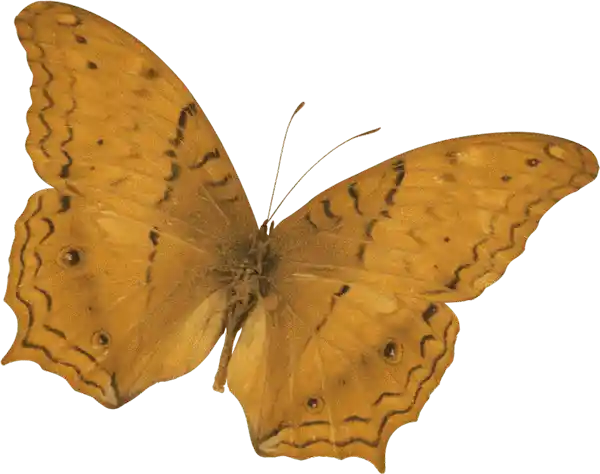

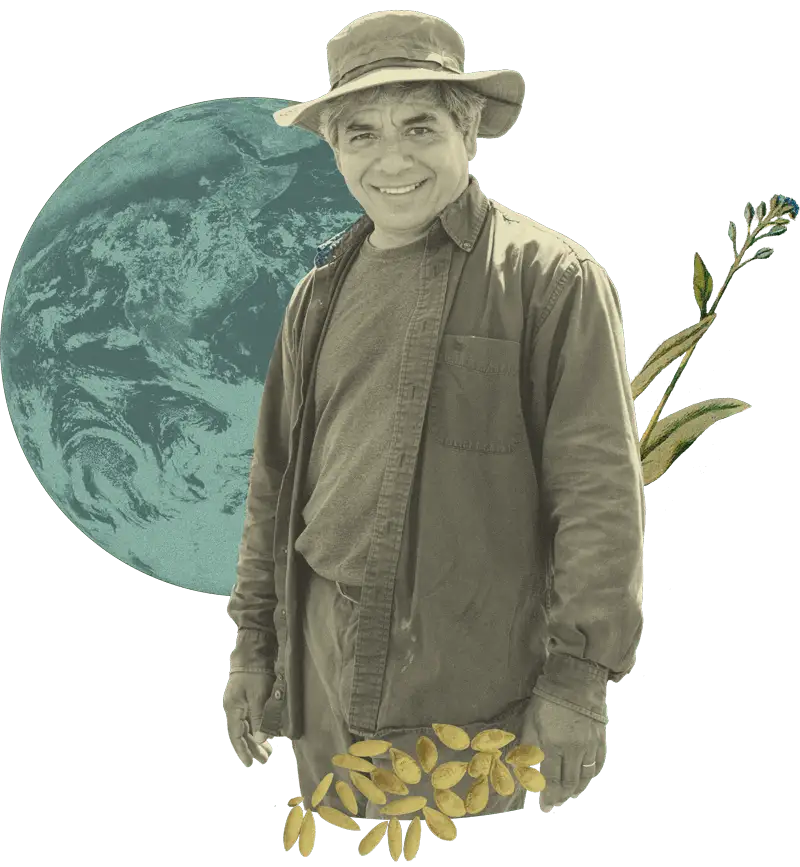


As citizens of nations settled by European colonists, it’s critical that we acknowledge the violent erasure of indigenous cultures and the histories of the oppressed where we live. Perhaps a first step into seasonal living is to honor the loss of place-based wisdom and ways of living that were taken from indigenous, enslaved, and rural peoples in order for settler society to thrive. You may want to set aside some time and space to investigate and learn about how the historical context has shaped the place where you experience spring.
Springtime on Turtle Island (the original name for the lands now known as North and Central America) looks and feels different across planting zones, but symbolizes rebirth: a reawakening after the long and cold winter months of slowness, burrowing, limited harvest and drawing on our reserves. On Sunday March 20th, we celebrated the Spring Equinox, marking the return of more light in March. The pagan ritual Ostara celebrates the renewal of life on the equinox, honoring the goddess Eostre, also known as Ishtar, one of the oldest deities representing the Earth. Easter will celebrate the rebirth of Christ, ripe with themes of new life: colorful eggs, chicks, bright flowers.
All around us, the land transforms. Lichens and moss fade away for bright greens, colorful birds and insects to re-emerge, new buds develop, promising to bloom in late spring and summertime. Waterways swell and rise with the rain. Aromatic flowers and herbs emerge, enticing butterflies and bees and birds alike. In the springtime, we come alive after deep rest.
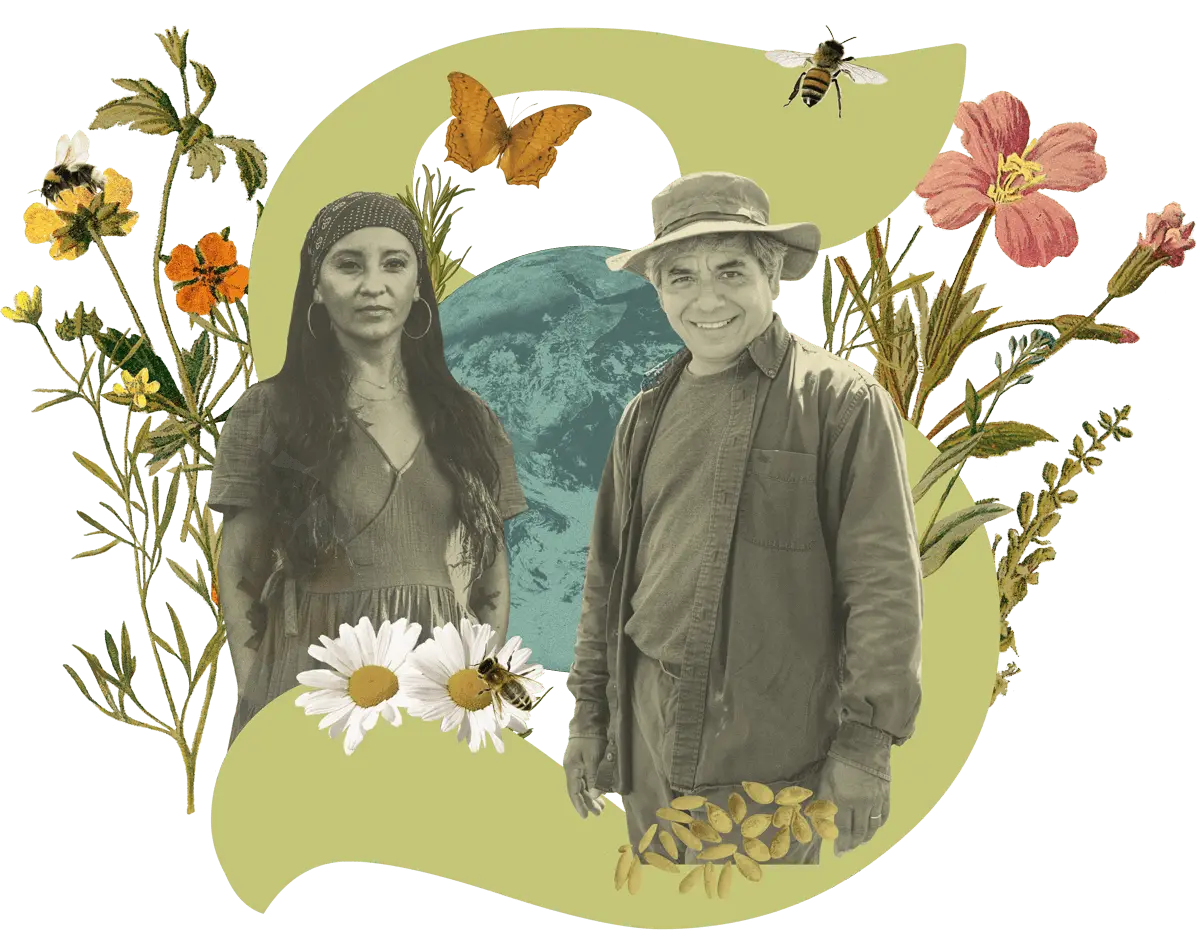
Springtime on Turtle Island (the original name for the lands now known as North and Central America) looks and feels different across planting zones, but symbolizes rebirth: a reawakening after the long and cold winter months of slowness, burrowing, limited harvest and drawing on our reserves. On Sunday March 20th, we celebrated the Spring Equinox, marking the return of more light in March. The pagan ritual Ostara celebrates the renewal of life on the equinox, honoring the goddess Eostre, also known as Ishtar, one of the oldest deities representing the Earth. Easter will celebrate the rebirth of Christ, ripe with themes of new life: colorful eggs, chicks, bright flowers.
All around us, the land transforms. Lichens and moss fade away for bright greens, colorful birds and insects to re-emerge, new buds develop, promising to bloom in late spring and summertime. Waterways swell and rise with the rain. Aromatic flowers and herbs emerge, enticing butterflies and bees and birds alike. In the springtime, we come alive after deep rest.


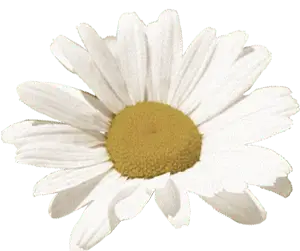
How do you honor springtime?
• In upstate New York, a friend shared her first ritual harvest of the year: maple sap, boiled or drunk raw – a gift from the trees as we emerge from deep winter.
• Warmer temperatures and ample rain means winter and greenhouse plants will be harvested and we can get in our gardens, whether to transplant or directly seed vegetables and flowers (try calendula, which can be infused into oil for salve and stays bright when dry).
• Visit your farmer’s markets or local farms to see if you can create a meal made exclusively of seasonal harvest – they often have more than produce to share.
• Meditative walks are a lovely way to take in all of the splendor of springtime wherever you are.
• Visit the same place each morning or evening, observing the plants or bodies of water around you, noticing their transformation.
The American classic, “spring cleaning,” reflects how this is a time for clearing out the old: you might make your own infused vinegar or essential oil all purpose cleaner, inviting in brightening scents. From an herbalist perspective, plants can support us to welcome the light and new energy of spring – to harness it and fuel our bodies and homes with the Earth’s vitality. It is a time to usher our stagnation, cleanse, and awaken newness. Aromatic bundles of basil, oregano, rosemary, mugwort, or garden sage or bouquets of flowers will usher out dull and dark energy and invite in lightness.
If you’ve never made an altar, gather precious objects or plants that symbolize the season for you and arrange them somewhere quiet where you can sit to reflect on the new growth that stirs in you, and your intentions for your spring.
As you spend more time outdoors, get to know your local spring “weeds”. Many spring weeds are ripe with helpful restorative and circulatory properties.
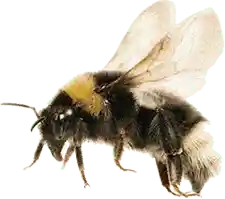
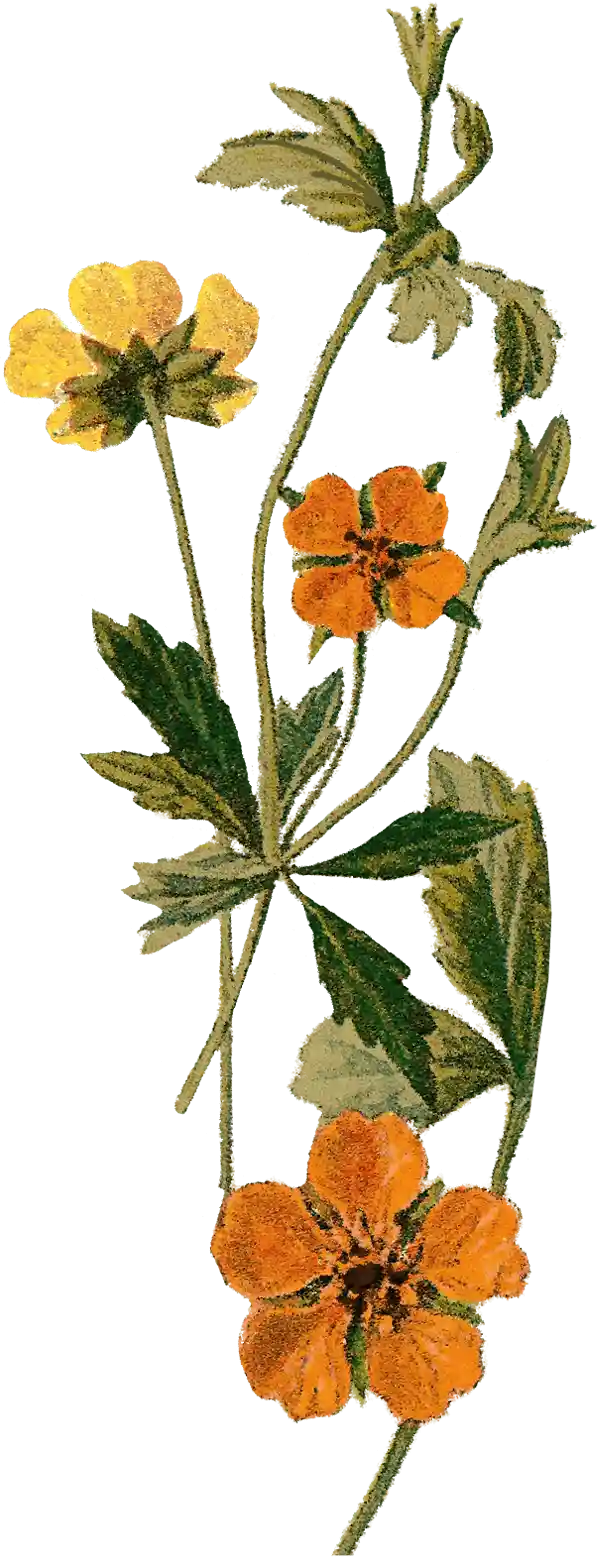
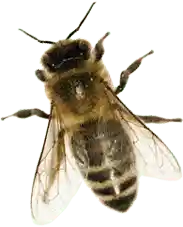
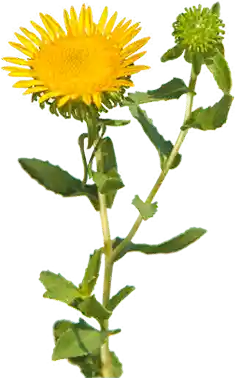
An herbalist friend in New Mexico loves Grindelia, a fragrant, powerful plant that helps with respiratory conditions and infuses beautifully into oils.

In the south, Pokeweed is a traditional seasonal feature, one of the first edible plants to appear, cooked and eaten to detoxify the system.
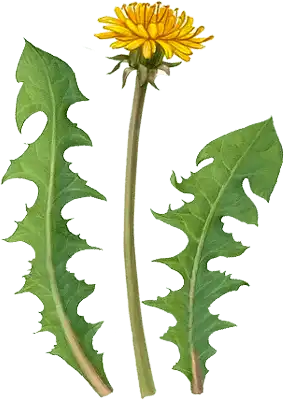
Bitter dandelion greens stimulate our digestion; chickweed, and cleavers grow along the East Coast and help stimulate our body’s function after the slow winter months, aiding the lymph, liver and kidneys to metabolize and cleanse – add them to salads or juice.
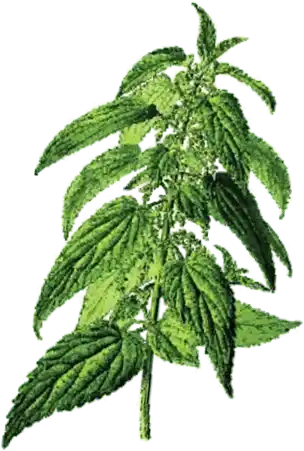
Stinging nettles are rich in vitamins and nutrients to replenish and make a delicious pesto, or if you’re lucky can be eaten alongside foraged morels.
Remember to forage responsibly and watch out for pesticides. Many sub-regional plants are at-risk of extinction, so it’s wise to consult a local grower or herbalist if you want to learn more about local plants and herbal support but don’t know where to start.
Living with an awareness of the seasons and the way life moves in them fosters deeper relationships with our non-human kin, showing us the endless abundance that Earth offers. Seasons are becoming all the more confusing as the consequences of our choices have accelerated climate change – but as seasons change, we can continue to learn the cycles of our environments and move with them.

Written by Circle of Creative Member: Stephanie Yawa de Wolfe

Letters from the Curators
This spring season, we have curated art and stories wrapped in the vibrant sentiment of springtime: freshness, florals, rebirth, seeds, and hope. Coming out of the darkest time of year, we kicked off the season kneeling down to honor the sacredness of where it all began – the seed. In honor of Women’s History Month in March, we turned our focus to honor the mystic feminine, featuring female land stewards across the country.
We transitioned into May with an Indigenous lens of earth stewardship from the forests of Minnesota, acknowledging the power a farm has to regenerate an entire ecosystem. Alongside the nobility of these farmer stories, we sprung into spring with our first ever regenerative garden course in honor of Earth Day. The Garden Club with Farmer Greg is an opportunity to bridge the lessons and inspiration from the stories we tell, to the land and soil in your own backyard.
And last but not least, spring inspired us to revisit the culture embedded within agriculture, as we launched Jewish AgriCulture Week! We learnt many valuable traditions and ethics from Judaism that reveal the ancient roots of some regenerative principles we practice today.
As Wade Davis wrote, “Every culture is by definition a vital branch of our family tree, a repository of knowledge and experience, and, if given the opportunity, a source of inspiration and promise for the future.”
And our intention is just that – that these stories of the past and present will guide us toward the light of an equitable and more ecologically-oriented future for all, now and for future generations.
With deep gratitude, a smile, and hope you’ll take a moment to step outside to catch an earful of bird songs, let the breeze dance through your hair, and set a literal and figurative seed in the soil of your life to connect, in a new or ancient way, with spring.
– Leia Vita Marasovich + Jessie Gardner
– Leia Vita Marasovich
+ Jessie Gardner

